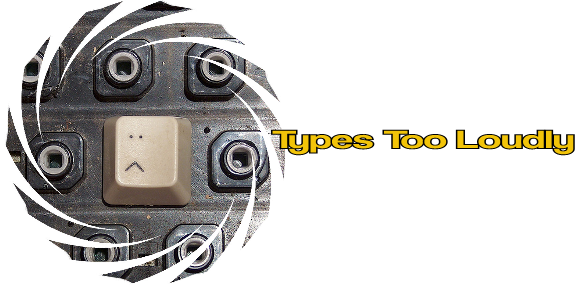In the most basic sense, graffiti can be broken down into the two categories of legal and illegal. Although most connotations with graffiti tend to sway in favor of the illegal, identifying such acts as unwanted vandalism or indicative of some type of economic or social issue, quite often the work becomes a tourist attraction of inspiration in areas more well off than one may suspect. Reflecting on my own personal encounters with graffiti brings to mind the following five examples:
Example 1: Mason Building Walls (Robinson and Science and Tech)
The walls near the Robinson and Sci-Tech buildings are decorated extensively with artwork and textual images rendered in chalk for various campus events. These advertisements can range from fencing club activities to mason nation events and one would assume the proper authorities grant permission before any works are composed. This kind of graffiti is legal, generally accepted, and easily traced back to its author(s). In regard to the chosen locations, the determining factor of this artwork is the balance struck between maximum visibility by students and the acceptability granted by Mason’s higher ups.
Example 2: Mason’s Sidewalks
The sidewalks of Mason arise in thought (particularly in reminiscing about my time spent in President’s Park) as consisting of much the same style of work of the walls mentioned previously. Once again, chalk is used and the advertisements mostly identify club activities and event times. There are, however, a few notable differences. It would seem that the sidewalk works require less permission or the authors feel as though less authority is necessary. The works are much more scattered about often pointing to one another and acting as clever directions sometimes including humorous backgrounds in order to sustain attraction.
Example 3: Mason’s Bathrooms
I could not think of graffiti without referencing the few bathroom stalls at Mason mostly because they were recently highlighted by a few classmates in an earlier assignment. Just as the sidewalks were a shift further away from authority than the building, the bathroom work is another further shift. Here the boundary between what is acceptable and altogether “legal” has finally been breached but a knowing sense of respect, awareness, and perhaps tolerance remains between both parties. Artists are aware that they have sacrificed a great deal of visibility and now accept new difficulties in any future attempt that may be made to claim their work beyond the doubts of others. Mason authorities, on the other hand, do little to pursue the vandals and almost seem to leave one stall in particular to act as a designated target. It should be noted here that markers are now employed in place of the previous, more friendly tool of chalk.
Example 4: Step Up 2: The Streets
Crossing the legal boundary entirely while blatantly disregarding authority (even using it to maximize visibility) is the example as depicted in the movie “Step Up 2: The Streets.” This is a whole new vein of graffiti from those mentioned in previous examples as it is generally frowned upon (by the majority at least) and efforts are made to remove it as soon as possible. Also, rather than the easily removable chalk which is eventually washed away through rain or even the markers which tend to be limited to small scale projects, more permanent spray paints are used with hopes that the designs will be larger and persist longer. In order to ensure credit the name of the group is worked into the design and the entire act is filmed and posted on-line as a “prank” in hopes of gaining respect for an upcoming competition.
Example 5: Boondocks episode 12 Riley Wuz Here
The final example which came to mind is an episode of the television show “Boondocks.” As a quick warning, there is quite a bit of language and racial content so I wouldn’t suggest those easily offended to follow the link but if you are nonetheless interested here it is. This particular episode of “Boondocks” depicts three (four if you count the one instance where he makes corrections) separate instances of graffiti where Riley tags the side of a house. The important focus, however, is on the teacher which Riley is forced to study under. This teacher guides Riley through the importance of his work by instructing him on how to improve. Insight is provided into what kinds of messages Riley should seek to convey and the value (or lack there of) which he ought to place on taking credit for his works. In contrast to the group graffiti in example 4, “Boondocks” offers a perspective of graffiti conducted by an individual (or a pair guided by an individual) for individual purposes. The general crowd response in the “Boondocks” episode ought also to be mentioned as it displays the dualistic views of approval as genuine artwork and disapproval as hooligan vandalism.


No comments:
Post a Comment